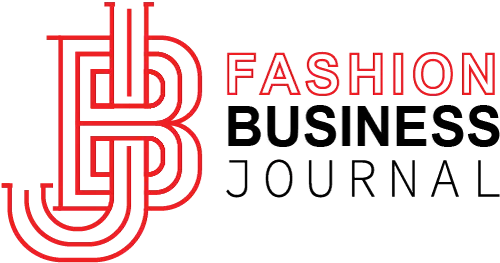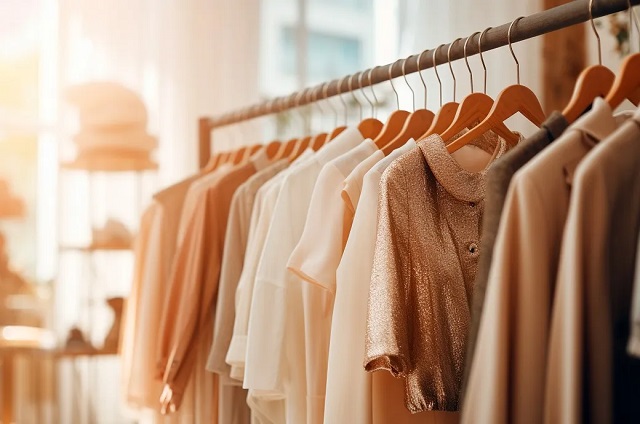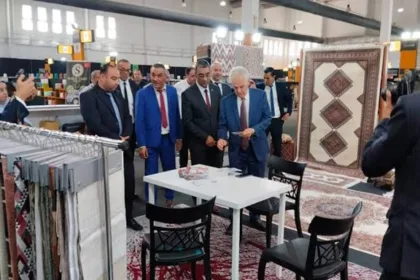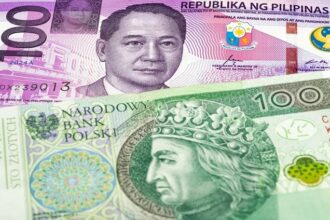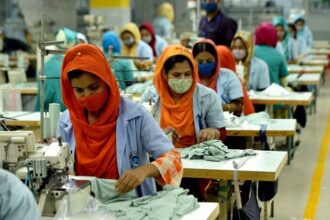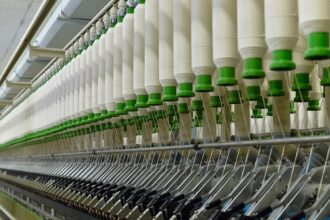Argentina’s apparel and fabric imports saw a sharp surge during the January to April 2025 period, signaling a strong rebound in demand and liberalization in trade policies. According to Fibre2Fashion, import volumes for both categories rose significantly compared to the same period last year. China continues to dominate as the primary source of apparel and fabric entering Argentina.
This increase follows a reversal of the downward trend observed over the past three years. One of the key factors driving the rise is President Javier Milei’s market-oriented reforms. The government recently reduced import duties on textiles, apparel, and footwear, easing entry barriers and encouraging sourcing from abroad. The strengthening of the Argentine peso has also made imports more affordable, further accelerating the influx.
Analysts point to a combination of pent-up consumer demand, tariff cuts, and macroeconomic adjustments as the key forces behind the spike. However, the surge in imports is also raising concerns among local manufacturers, who fear increased competition from cheaper imported goods. While the government hopes this open-market approach will help fight inflation and stabilize the economy, some warn that without a matching export boost, the current account deficit could widen.
Argentina’s renewed appetite for foreign-made garments and textiles is reshaping the dynamics of its fashion and manufacturing sectors. With new trade pathways opening up and policy shifts favoring global sourcing, both opportunities and risks are mounting for stakeholders across the textile value chain.

